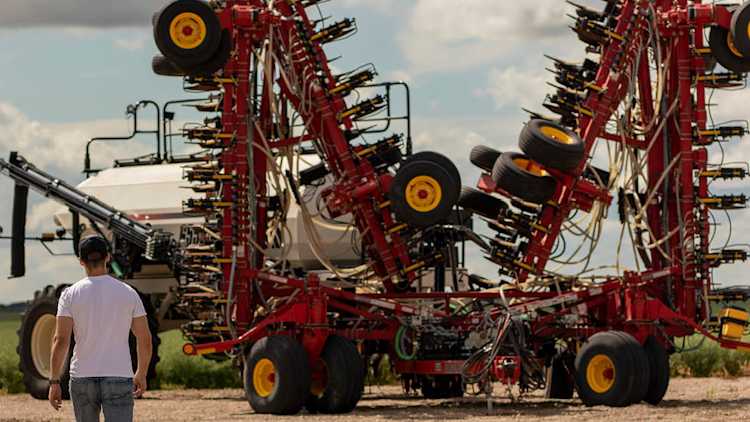The basics of cash flow statements

In a business such as farming, with so many uncertainties, understanding your cash flow needs can set you apart from your peers and allow you to act on opportunities when they arise.
Here are the fundamentals of the three types of cash flow statements:
1. Cash flow from operations
Simply put, it is the cash that flows into our business, less the outflows or uses of our cash balance.
We hopefully start the year with a balance in our bank account, which is called a positive cash balance. If we use a line of credit or operating loan, we start with a negative balance. As we grow crops, raise livestock, market the farm products and their by-products and collect payment, we generate positive cash flows. Farm production requires us to incur expenses that must be paid, which will reduce our cash balance or an outflow of cash from our operation. This type of cash inflow and outflow is called cash flow from operations.
2. Investing cash flows
We need to invest in assets such as machinery to keep our businesses growing and up-to-date. When we purchase a capital asset – a tractor, for example - we have a draw on our cash or outflow, which reduces our cash balance. Alternatively, when we sell a capital asset and collect the proceeds, we generate cash or have an inflow of cash, increasing our cash balance.
3. Financing cash flow
If we finance capital purchases with debt, our business generates an inflow of cash to pay for the capital asset or a positive cash flow. Making principal payments on our long-term debts that we have outstanding to debtors is a cash outflow or reduction in our cash. This is called financing cash flows.
These three categories of cash flows are outlined in your Statement of Cash flows that form part of your year-end financial statements prepared by your accountant. This statement has a wealth of information that should be discussed within your business meetings to determine the main sources of cash flows for your business.
Generating cash flow statements A cash flow statement at the beginning of the fiscal period highlights when you need cash and when you might have surplus cash.
It’s important to understand how cash flows are generated and how cash is used so you can develop a comprehensive cash flow statement showing all cash inflows and cash outflows.
Start with your bank balance, add all expected cash inflows for the month and subtract planned cash outflows to arrive at an end-of-the-month cash position.
Preparing a cash flow statement at the beginning of the fiscal period is a key management task that highlights ahead of time when you will need cash and identify when you might have surplus cash. Every month, a cash flow statement reports all three types of cash flows.
Lance is a chartered accountant with over 20 years of experience in public practice working directly with agriculture producers. Lance uses his knowledge and experience to assist producers with transition planning, intergenerational transfers, and tax reorganizations. Along with his wife Marie and their two boys, Lance is living his life ambition operating LDS Farms, a cereal, oilseed and pulse farm in Central Saskatchewan.

